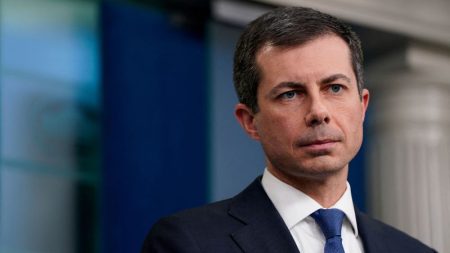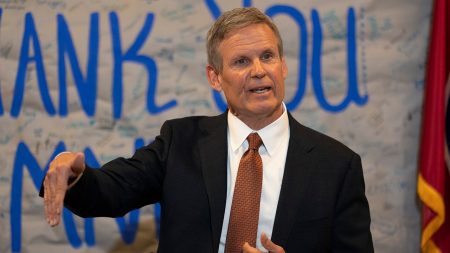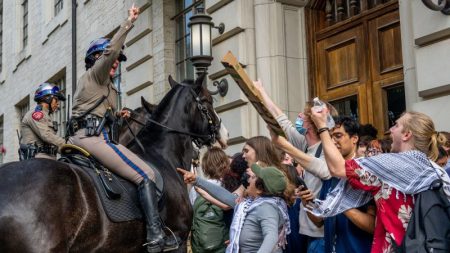Former President Trump criticized President Joe Biden and the case against him, declaring that Biden should “be in jail” and “be on trial” as he left court after the third day of his criminal trial. Trump, who is the presumptive 2024 Republican presidential nominee, described the case as unfair and political, calling it a “spectacle.” He criticized Manhattan District Attorney Alvin Bragg and the presiding judge, describing the whole situation as a mess.
Trump also took aim at the Biden family, specifically mentioning Hunter Biden’s business dealings which have been under investigation by House Republicans. Trump claimed that Biden should be on trial for the alleged wrongdoings of his family, accusing the current president of being a crook. Trump further alleged that Biden’s “top people” were working with the district attorney’s office to ensure the case proceeded in a certain way, despite what he believed to be a lack of evidence.
The former president also criticized Biden’s leadership, claiming that under Biden’s administration, the United States is “devolving into a Third World country” due to issues such as open borders, lack of justice, and biased media coverage. Trump portrayed the current state of the country as chaotic and in decline, pointing to what he sees as failures of the Biden administration.
Trump himself is facing charges from Manhattan District Attorney Alvin Bragg, who has accused him of falsifying business records related to hush money payments made to Stormy Daniels before the 2016 election. Trump has maintained his innocence and pleaded not guilty to all counts, describing the trial as a political persecution. He is expected to testify during the trial, making him the first president in U.S. history to stand criminal trial, a historic moment in American politics.
As the trial continues, Trump remains steadfast in his belief that he is being unfairly targeted and continues to lash out at his political opponents, including President Biden. The outcome of the trial will have significant implications for both Trump and the political landscape in the United States. The case has drawn widespread attention and controversy, with supporters and critics closely watching the proceedings. Stay updated for further developments as the trial progresses.
















